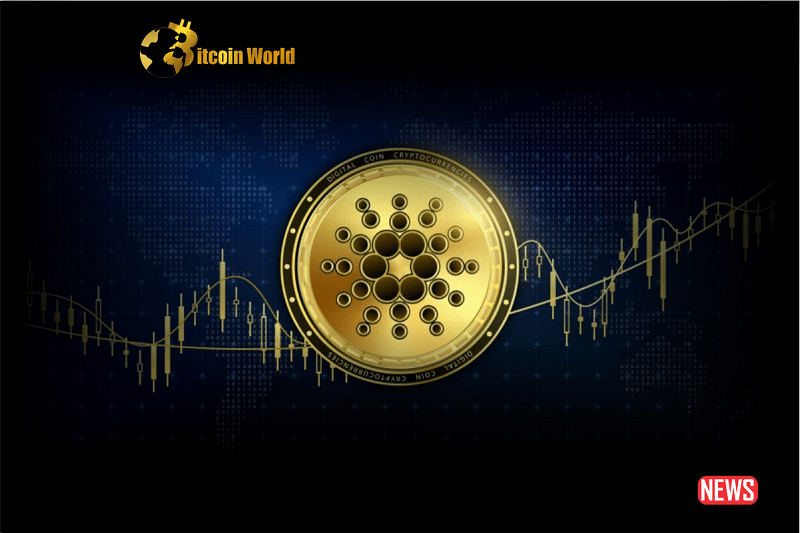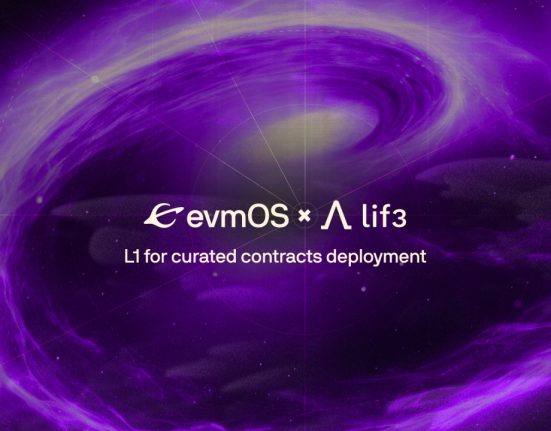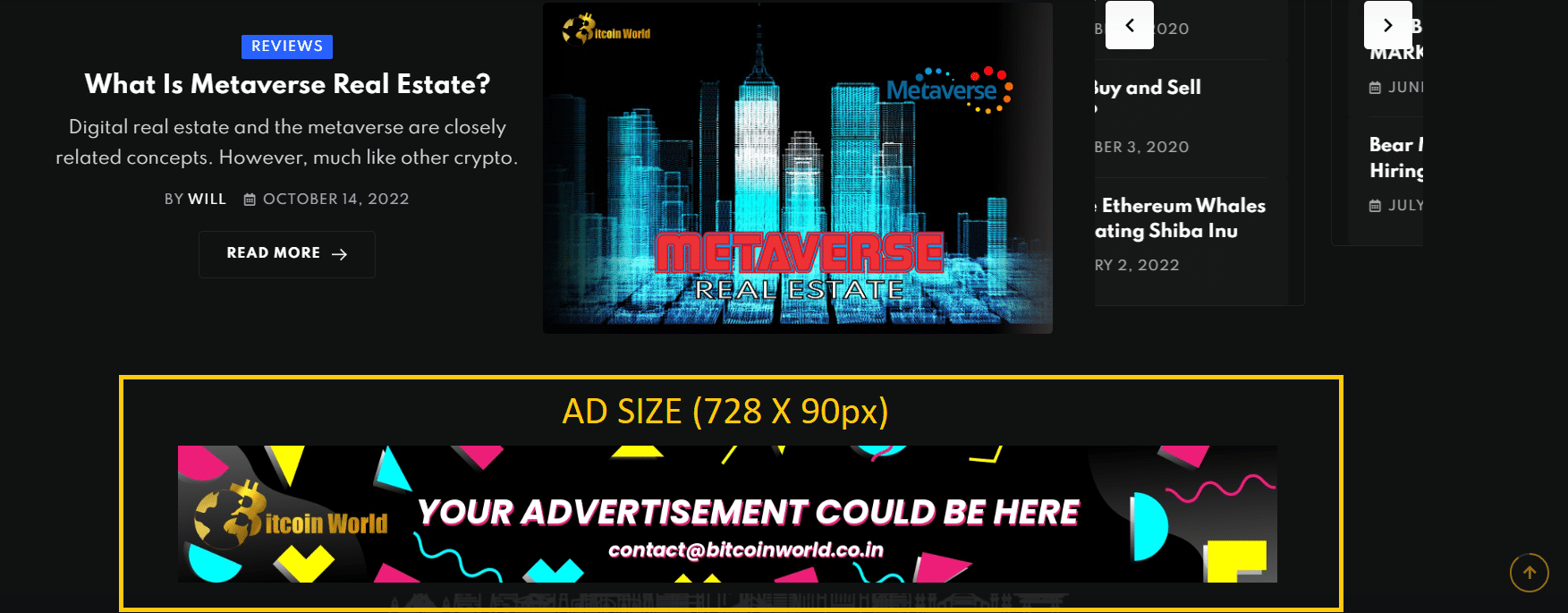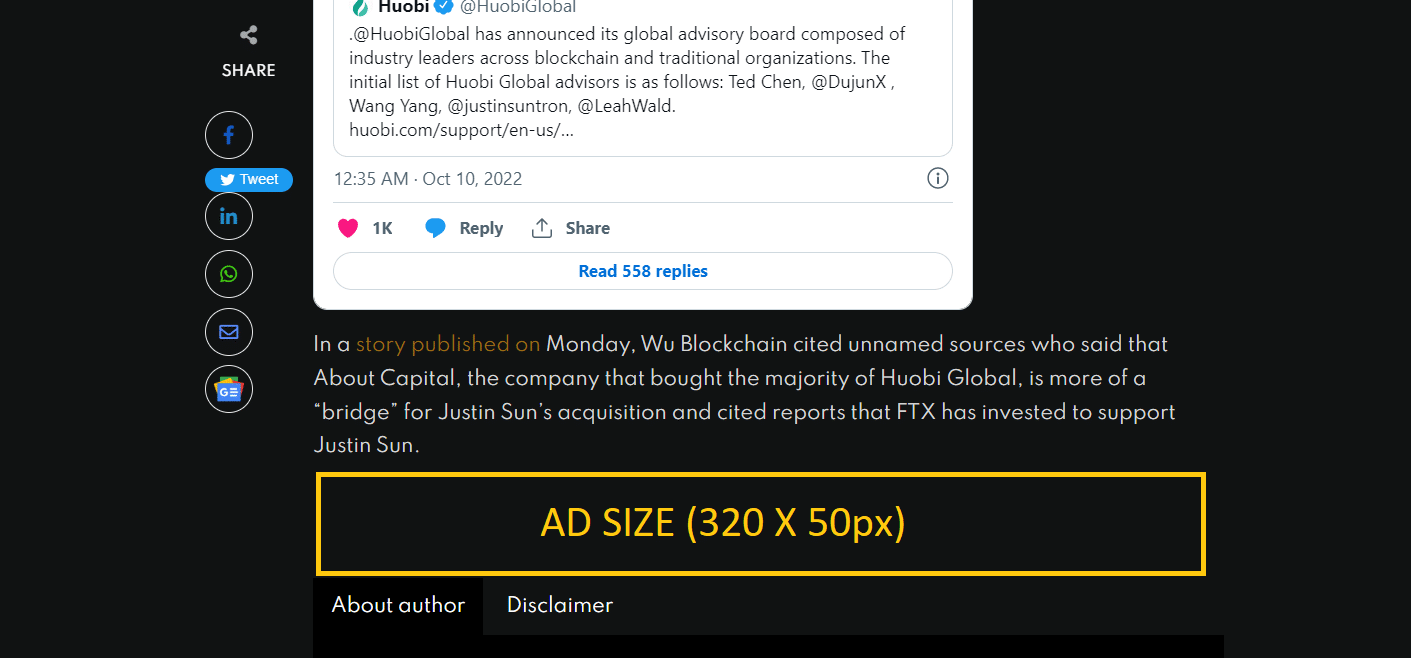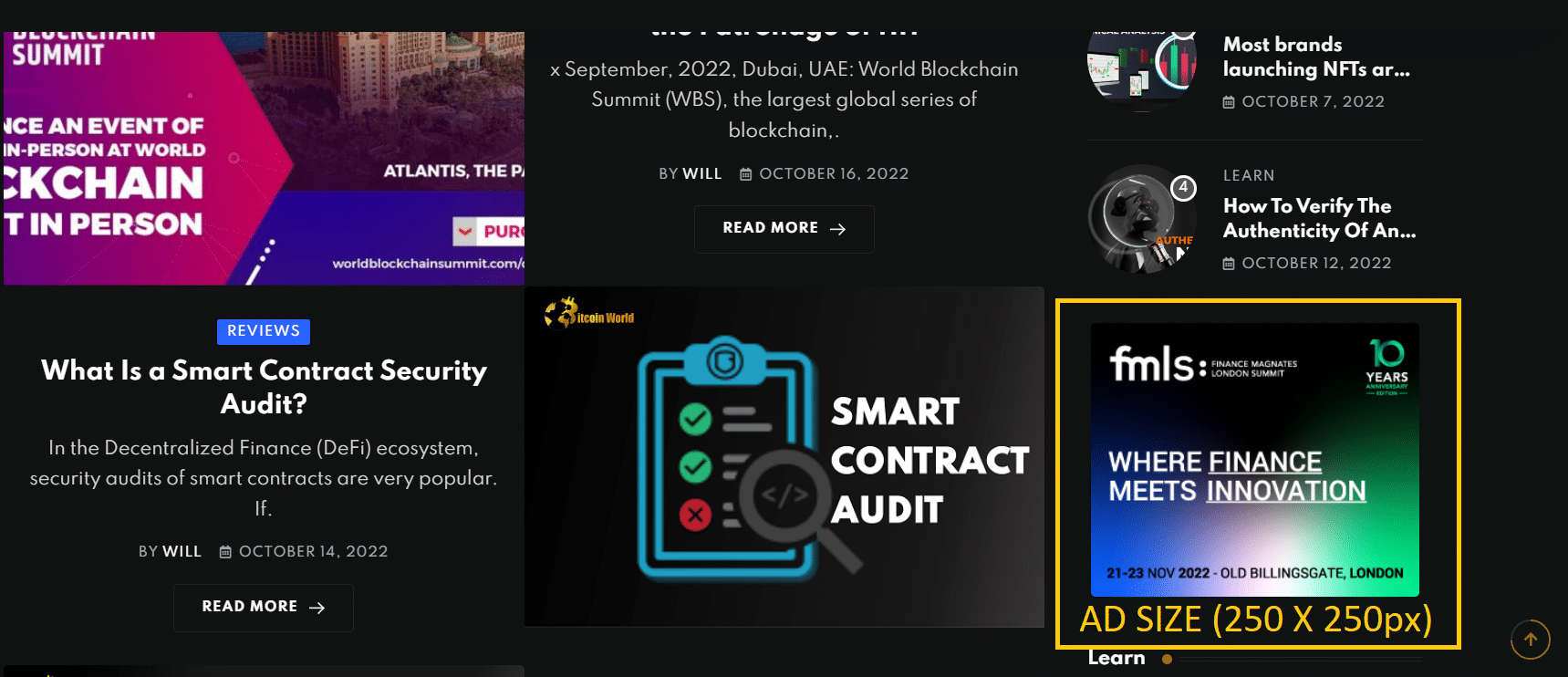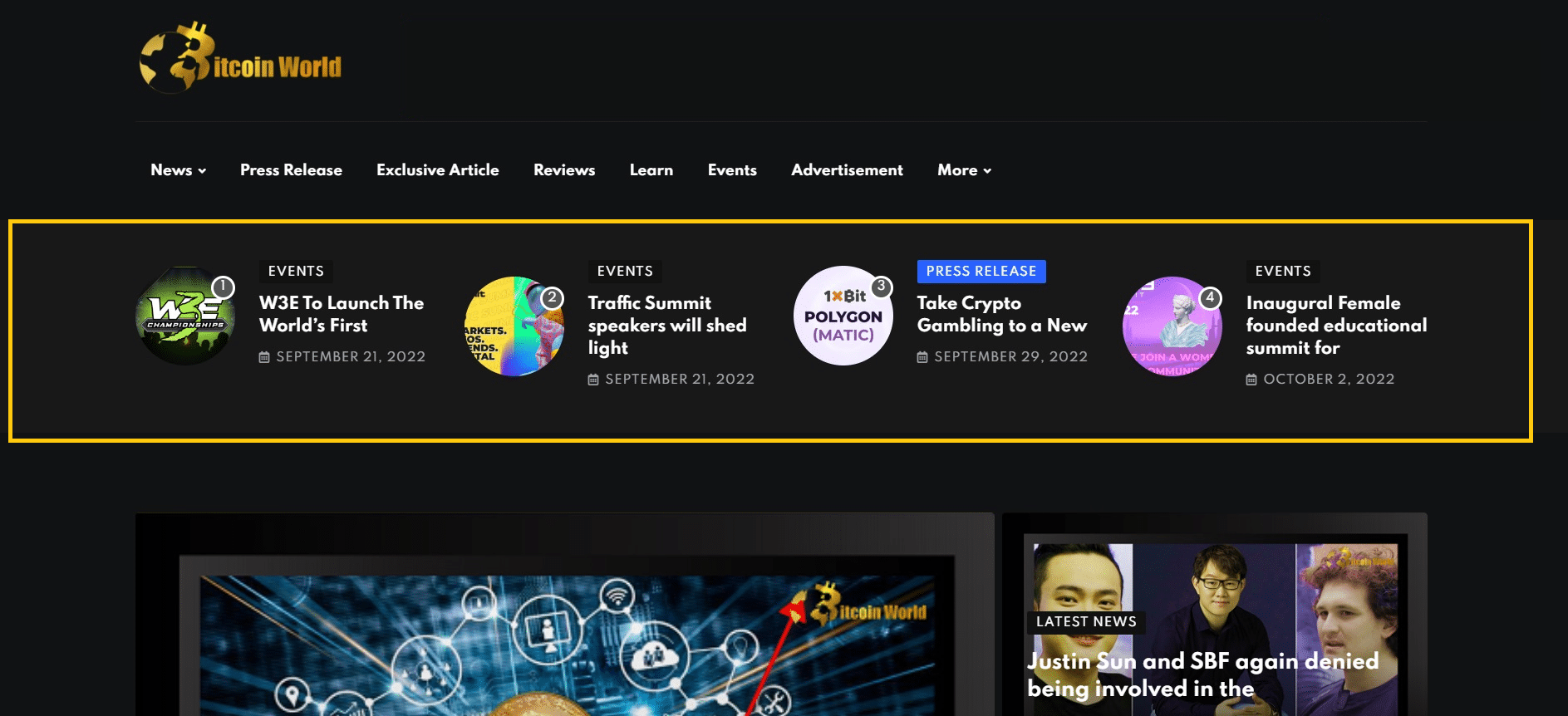Cardano’s native token, ADA, has recently experienced a concerning technical pattern known as a death cross, indicating a potential further decline. This development coincides with the launch of Cardano’s latest Node version, 8.1.1, on the mainnet. While the death cross raises alarms, the network’s new update aims to improve operations and enhance the user experience. This article explores the implications of the death cross and the positive impact of Cardano’s Node 8.1.1 update.
ADA’s Death Cross Emerges:
ADA’s daily price chart has revealed the presence of a death cross, a term derived from traditional stock investing. This pattern occurs when an asset’s short-term 50-day moving average falls below its long-term 200-day moving average, signaling a potential further decline. Trading View confirms that ADA’s 50-day line recently crossed below the 200-day line, prompting bearish sentiment among traders.
Opportunity Amidst the Cross:
Although death crosses are typically viewed negatively, cryptocurrency enthusiasts consider them buying opportunities. Following the adage of veteran investor Warren Buffett, “Buy when there’s blood in the streets,” they seize the chance to purchase assets at discounted prices during market downturns.
Cardano’s Positive Momentum:
Interestingly, this alarming chart pattern coincides with the introduction of Node 8.1.1, designed to enhance Cardano’s network performance. Node 8.1.1 was activated on the mainnet, and it addresses various concerns related to epoch transitions, peer-to-peer network communications, and the ADA-based domain name system.
The Benefits of Node 8.1.1:
This update revolutionizes epoch calculations, leading to faster network processes during epoch changes. Additionally, it resolves issues with peer-to-peer network communications and the ADA-based domain name system, ensuring a more robust and optimized user experience. The deployment of Node 8.1.1 demonstrates Cardano’s ongoing commitment to improving its blockchain technology.
ADA’s Resilience and Future Outlook:
While the death cross may raise concerns, it is essential to note that ADA has shown a steady long-term rally despite temporary price fluctuations. The current encounter with a death cross is unlikely to spell lasting doom for the token. ADA was trading at $0.266 at the time of writing, reflecting a 1.29% increase over the last 24 hours.
Cardano’s ADA token has encountered a death cross, signifying potential further decline. However, the launch of Node 8.1.1 brings renewed hope, as it addresses network performance issues and enhances the user experience. As Cardano remains committed to continuous development, users and investors can anticipate a more robust and optimized blockchain ecosystem. While short-term price movements may cause concern, the long-term outlook for ADA remains positive.

